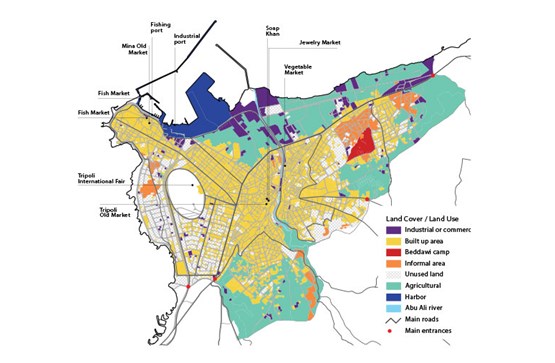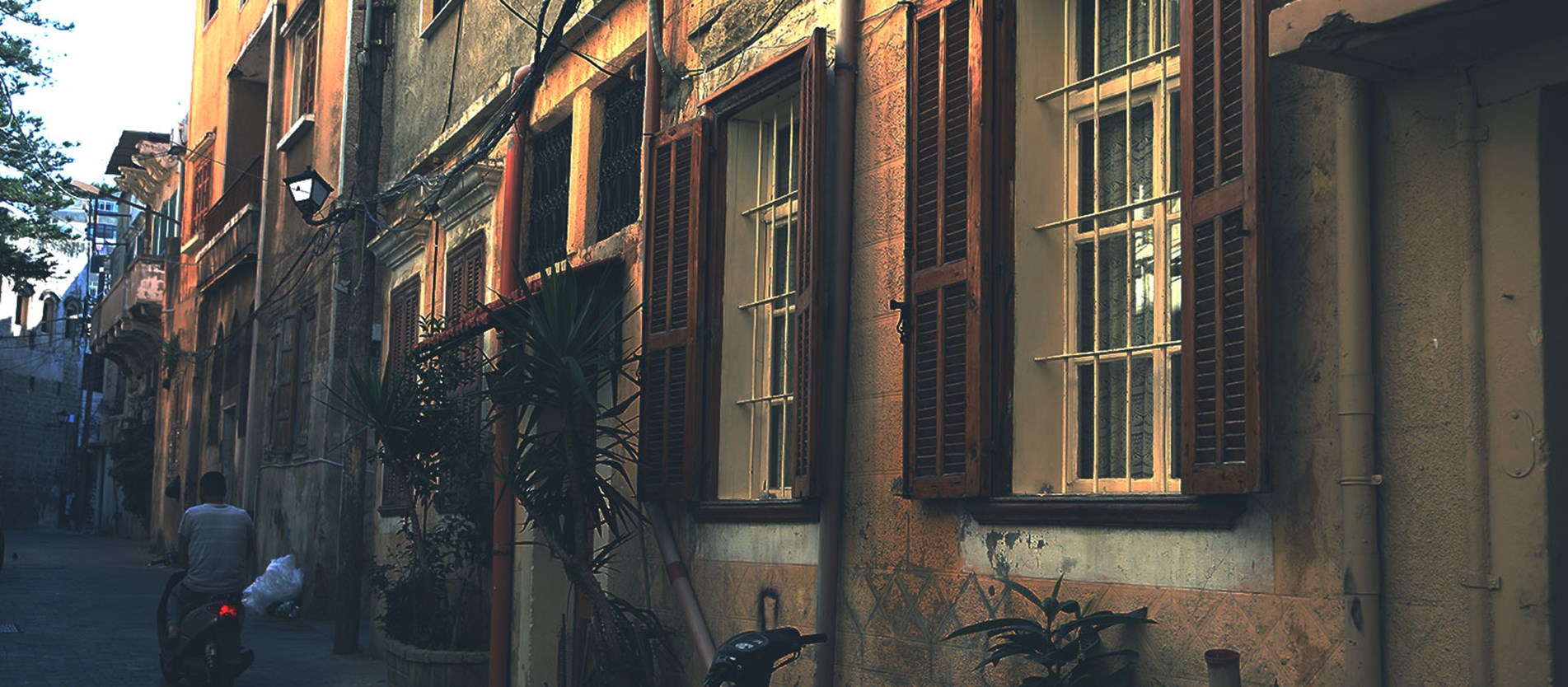Tripoli metropolitan area
Tripoli is an eastern Mediterranean urban agglomeration 85km north of Beirut composed of three municipalities: Tripoli, Mina and Beddaoui, and 17 cadasters. Tripoli is the official capital of the North governorate and its population reached around 0.49 million individuals. The city occupies a competitive geographical position as the commercial centre of a large rural area.
There are 17 cadasters distributed over the three municipalities of Tripoli, Mina and Beddaoui. 58 sub-cadastral neighbourhoods have so far been identified
The metropolitan area is 32% built up. Industrial/ commercial uses comprise about 7% of the land use by area.
The Urban core is defined by an inner ring of high population density. It is surrounded by industrial and harbour functions with four informal areas and an official Palestinian camp near metropolitan margins: 32% Urban/Built up, 27% Agricultural, 13% Roads, 2% Empty land, 7% Industrial/Commercial, 4% Informal Area, 5% Other

